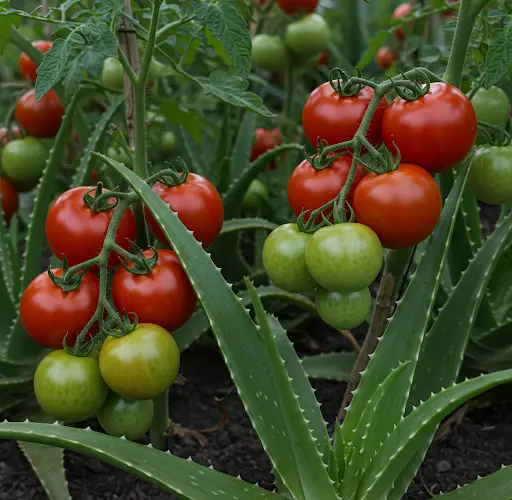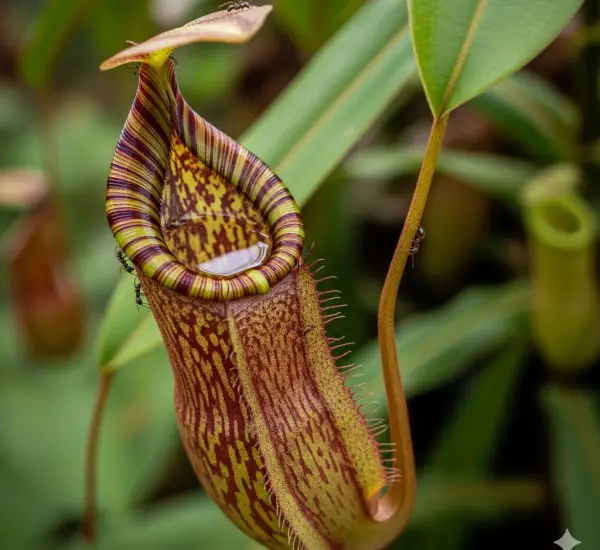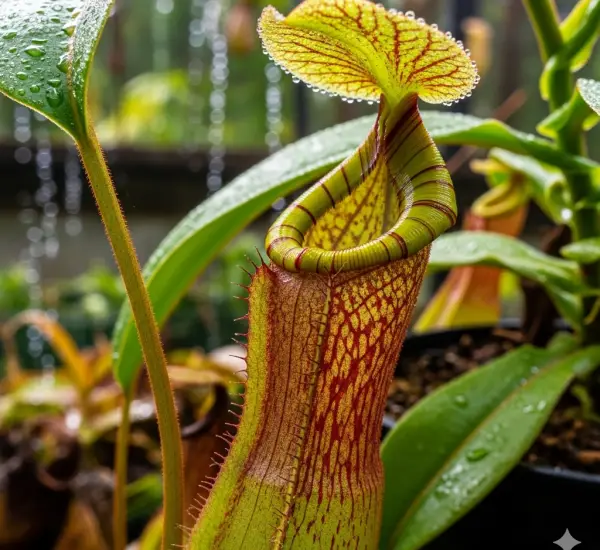Grow Juicy, Abundant Tomatoes Using Aloe Vera: A Natural Boost for Bigger Yields
Tomatoes are among the most popular crops for home gardeners, but getting a consistently high yield with large, healthy fruits can be a challenge. Enter aloe vera—a humble succulent that holds a secret weapon for tomato growers. Rich in nutrients, enzymes, and natural growth hormones, aloe vera can dramatically improve the way your tomatoes grow, helping you achieve bigger, juicier harvests with less reliance on synthetic fertilizers or chemicals.
In this guide, you’ll learn how to grow tomatoes using aloe vera in simple, natural ways that enhance plant health, encourage root development, and increase fruit production.
Why Use Aloe Vera for Growing Tomatoes?
Aloe vera is known for its healing properties in skincare, but it’s also a powerful plant tonic. Its gel contains enzymes, amino acids, saponins, vitamins, and natural plant hormones like auxins and gibberellins that support plant growth and immunity.
When applied to tomatoes, aloe vera:
-
Stimulates root growth
-
Boosts resistance to pests and diseases
-
Helps plants recover from stress and transplant shock
-
Improves nutrient absorption
-
Encourages larger, more flavorful fruits
What You’ll Need
-
Tomato seedlings or seeds
-
Fresh aloe vera leaves
-
Potting soil or garden bed
-
Compost or organic fertilizer
-
Water
-
A blender or knife and bowl (for aloe gel extraction)
Method 1: Starting Tomato Seeds in Aloe Gel
If you’re starting from seeds, aloe vera can kickstart germination and root development.
Steps:
-
Extract Aloe Gel
Cut a fresh aloe leaf and scoop out the clear gel. Blend it lightly or mash it into a smooth paste. -
Soak the Seeds
Place tomato seeds in a small container and coat them with aloe vera gel. Let them soak for 6–12 hours before planting. This helps soften the seed coat and jumpstarts root activity. -
Plant the Seeds
Sow your seeds in a seed tray or pot filled with rich, moist soil. You can also mix a bit of aloe gel directly into the soil.
Result: You’ll notice faster germination and stronger seedlings with vibrant green leaves.
Method 2: Dipping Seedlings Before Transplanting
Transplanting can stress tomato plants, often leading to slow growth or wilting. Aloe vera helps ease that transition.
Steps:
-
Prepare the Aloe Solution
Blend aloe vera gel with a bit of water to make a smooth, pourable mixture. -
Dip Seedling Roots
Before transplanting your seedlings into the garden or containers, dip their roots into the aloe mixture. This coats them in nutrients and natural protectants. -
Transplant as Usual
Plant your seedlings into well-prepared soil enriched with compost. Water thoroughly after planting.
Bonus: You can pour leftover aloe solution into the hole before planting to boost soil microbes.
Method 3: Aloe Vera Foliar Spray
A foliar spray made from aloe acts like a vitamin mist for your tomato plants.
Steps:
-
Make the Spray
Blend 2 tablespoons of fresh aloe gel with 1 liter of water. Optionally, add a few drops of neem oil for pest control. -
Spray the Leaves
Mist your tomato plants once or twice a week, preferably in the early morning or late afternoon to avoid sunburn.
The spray nourishes leaves, wards off pests, and enhances photosynthesis—leading to stronger growth and more blooms.
Method 4: Aloe Vera Soil Drench
For ongoing plant health and fruit development, use aloe as a soil drench every 10–14 days.
Steps:
-
Mix the Drench
Blend 2–3 tablespoons of aloe gel with 1 liter of water. -
Apply to the Base of Plants
Pour around the base of each tomato plant, especially when they’re flowering or starting to set fruit.
This feeds the roots directly and boosts overall productivity.
Results You Can Expect
When used consistently, aloe vera enhances every stage of your tomato plant’s growth. Gardeners report:
-
Faster seedling development
-
More flowers and fruit clusters
-
Larger, firmer tomatoes
-
Reduced pest and disease problems
-
Stronger root systems and greener leaves
Additional Tips
-
Use fresh aloe vera whenever possible for maximum potency.
-
Combine aloe treatments with good gardening practices—plenty of sunlight, consistent watering, and rich soil.
-
Don’t overuse; aloe is powerful, and a little goes a long way.
-
Store extra gel in the fridge for up to a week, or freeze in ice cube trays for long-term use.
Conclusion
Using aloe vera in your tomato garden is a simple, natural method that yields impressive results. Whether you’re just starting seeds or looking to supercharge mature plants, aloe’s natural growth-enhancing properties can help you grow bigger, tastier, and more abundant tomatoes—all while keeping your gardening organic and sustainable.
Try these aloe-powered techniques this season and watch your tomato plants thrive like never before!



